
views
Disconnecting Your Machine
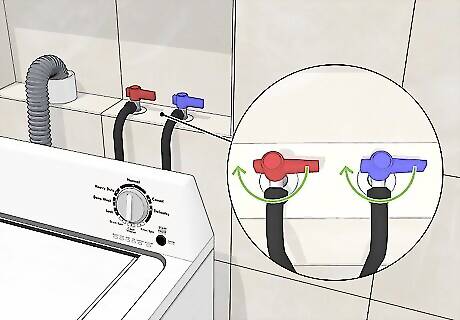
Turn off the water valves. Valves for the supply of hot and cold water are usually located behind the washing machine and in a washer box attached to the wall. Turn off the valves by turning them clockwise until they cannot be turned any further. You'll want to turn these off first thing. This will protect you from major spills if you should accidentally tear a hose in step 2.
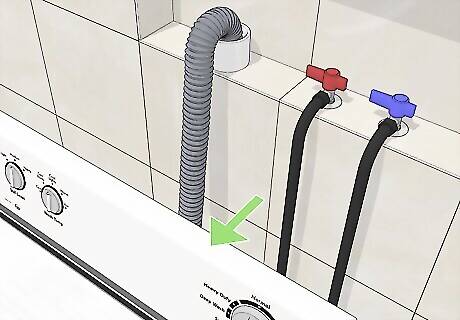
Pull or drag the washing machine away from the wall. If working alone, grab one side and move it forward, then do the same with the other side. If you have help, try pulling on opposite sides simultaneously. Pull the machine as far out as you can without putting stress on the hoses. Ideally, this will be far enough away from the wall that you can step behind the machine. If your house is on the newer side, some new water boxes are above the washer so it's easier to reach the lines without moving the machine.
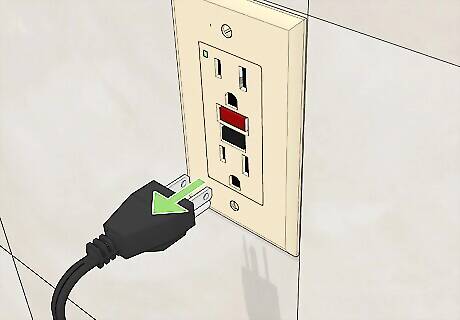
Unplug the washing machine. Make sure the washing machine is not running, and pull the plug out of the outlet. This will disconnect the washing machine from its power supply.
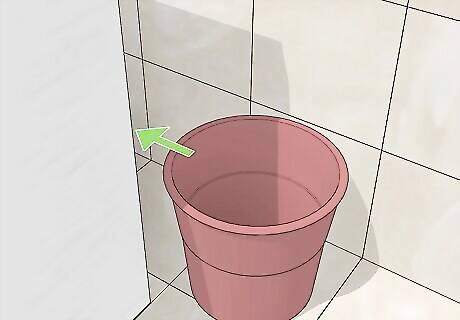
Get a bucket. Place a water pan or bucket behind the washing machine, under the water lines where it will catch water. Surround the bucket with several towels to catch any additional leaks or water that may spill out when the pipes are detached.

Detach the hoses from the machine. If they are attached with clamps, turn the screws atop the clamps counterclockwise until the clamps are loose. Then, point the ends of the hoses toward your bucket to drain any water. Alternatively, you can place them in the drain, located in the washer box. It's a good idea to double-check that your valves are still off before doing this. Some styles of faucet handles are easy to accidentally turn back on, and this could have occurred as you moved the machine or when you stepped behind it. You may find it helpful to wait a few seconds after turning off the valves to try to remove the hoses, as this will allow the pressure in the hoses to abate, making them easier to remove. Turning on a few other faucets in the house may help them drain more quickly.
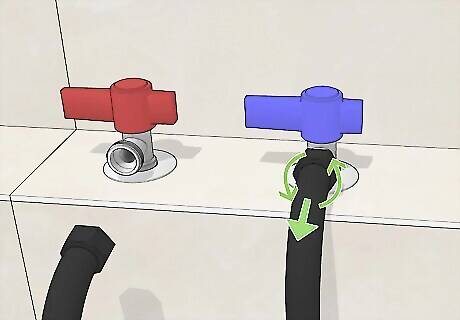
Remove the hoses from the wall.Turn the ends counterclockwise until the hoses detach. You may need to use adjustable pliers or a pipe wrench to loosen the hoses, especially if the machine hasn't been disconnected in a while. Once you've removed them, drain any remaining water into the bucket.
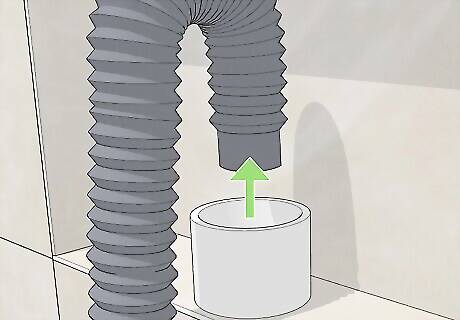
Remove the drain hose from the drain. Depending on your plumbing setup, this might be a laundry sink, a floor drain, a wall-mounted drain, or a tall stand-pipe. Each of these requires a slightly different process of hose removal. Consult the instructions that came with your machine if it is not immediately obvious. Point the free end of this hose toward your bucket as well, to allow any water to flow out.
Preparing the Machine to Be Moved
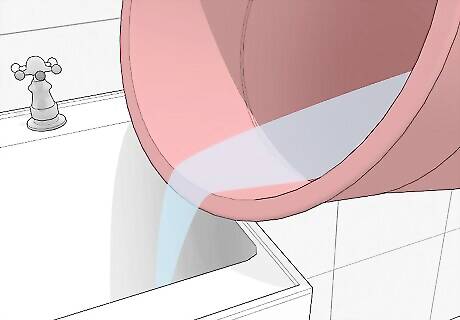
Empty the water bucket. Before moving the machine, get the water bucket out of the way. Wipe up any spills or drips. You wouldn't want to slip while moving the machine.
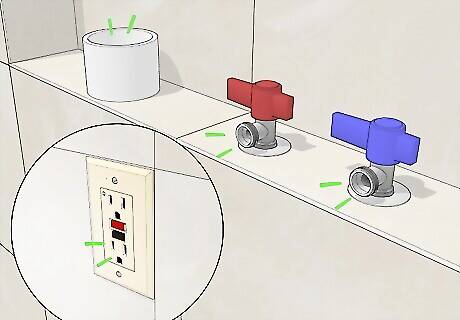
Double check your connections. Ensure there are no additional plugs or hoses connecting the washing machine to the wall. Continue moving the machine out of its place. There may be water inside the washing machine.
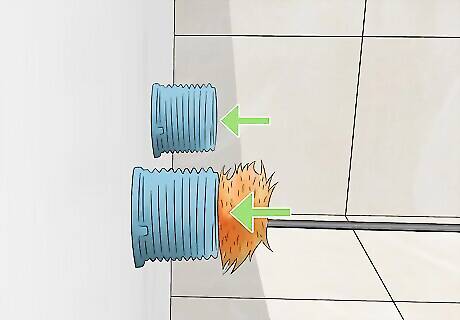
Clean the intakes. If you are keeping this washer, this is a good opportunity to clean the water intakes with a bristle brush to remove any debris that may have accumulated over the years.
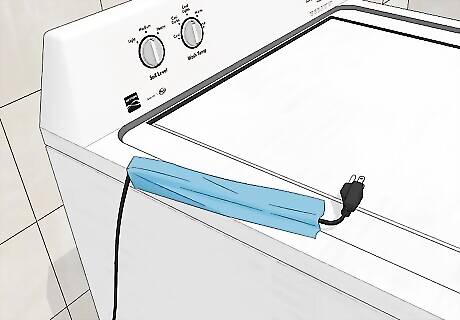
Remove the power cord. Unless you are setting the machine back up in the same spot, it's a good idea to remove the power cord or, if it is not removable, tape it in place. This will protect the plug and prevent the cord from being pulled out accidentally during moving. It's also a good idea to remove any knobs that can come off the machine, to prevent loss.
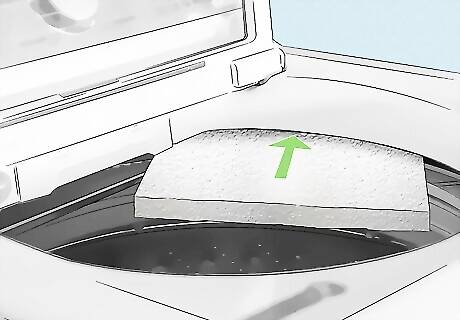
Secure the drum. If you will be moving the washing machine any significant distance, it is important to secure the "drum," the inner chamber of the washer that moves. Depending on the model of your machine, this can be achieved with special bolts, a large y-shaped piece of foam, or even simply tightening some screws in the back. Consult your manual on how best to secure the drum in your machine. You may need to buy a special kit for this.

Wrap up your parts. If you are planning to move the machine any distance, leave your cords attached to the machine. You can tape any dangling cords to the sides of the washer to keep them out of your way.




















Comments
0 comment